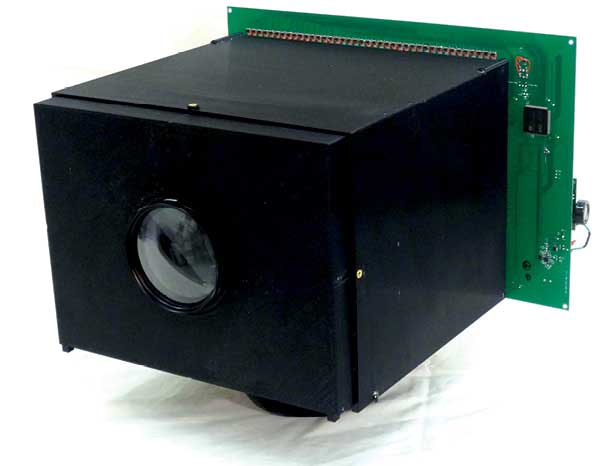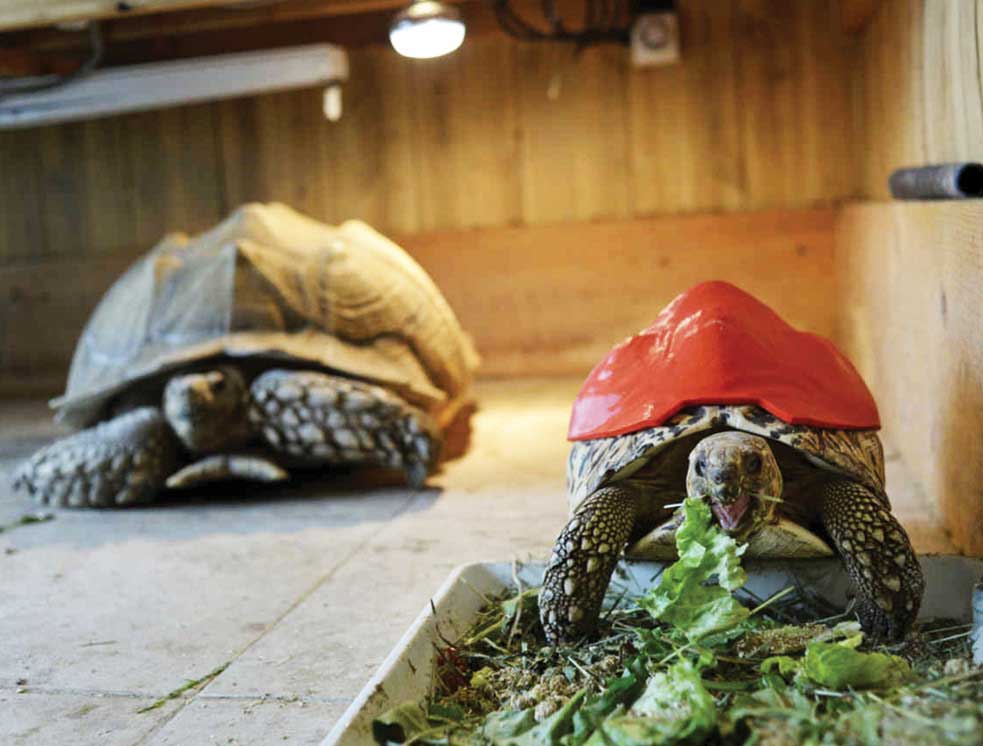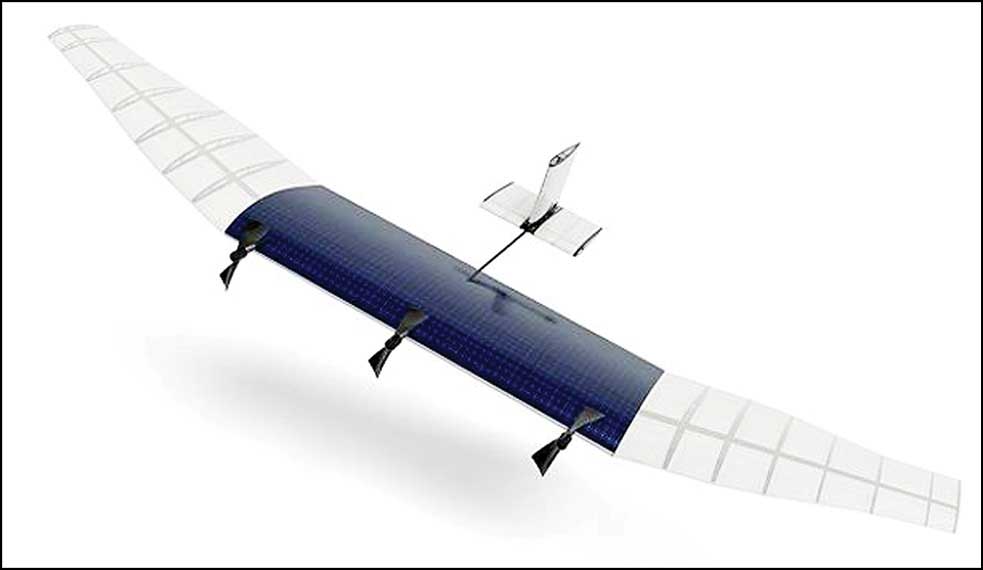World’s first self-powered camera

Researchers at Columbia University, New York, have built a camera that is capable of producing images using power harvested from surrounding incident light.
The camera is capable of taking one image per second, and a well-lit environment of around 300 lux delivers enough power for the camera to operate indefinitely.
The team is led by Shree Nayar, a professor of computer science at Columbia Engineering. He has worked with research engineer, Daniel Sims, and used off-the-shelf components to fabricate an image sensor with 30×40 pixels, which is the lowest resolution needed for a human face to be recognised.
The image sensor toggles between image-capture and power-harvesting modes, and during each image-capture cycle, pixels are used first to record and read out the image and then to harvest energy and charge the sensor’s power supply.
Robos to help invest in mutual funds
Did you know that robo advisors can help you plan your mutual fund investments based on certain algorithms, eliminating any bias a financial advisor may have? While most financial advisors earn a commission on investments made by you, these robo advisors take a much smaller cut.
These online services offer automated investment management via software. Some popular names in this category include Wealthfront, Betterment, Vanguard and Charles Schwab, according to a recent report.
In India, ArthaYantra has been offering such services since 2006 under the name of Arthos. Another company, scripbox, has started offering its services from 2012. While scripbox does not charge anything upfront, Artha Yantra charges Rs. 499 to Rs. 9999 for its basic to elite plus services.
Google, Johnson & Johnson to team up for building robot surgeons
Google and Johnson & Johnson are coming together to build robots that can help surgeons in the operating room. The alliance syncs with two of Google’s initiatives beyond its main business of Internet search and advertising.
Google has been investing in medical research aimed at extending lives and in robotic technology that can free up humans to do other things.
The two companies will try to engineer robotic technology that will reduce patient trauma and accelerate post-surgery healing. Google will work with Ethicon, a medical device company owned by Johnson & Johnson.
Tortoise gets a 3D printed shell

This recent use of 3D printing to alleviate a painful condition suffered by an ailing tortoise named Cleopatra could easily be the most remarkable animal application yet for this technology.
When Nicola Novelli, founder of Canyon Critters, started taking in rescued animals in order to save them from euthanisation, he came across a tortoise named Cleopatra, who was living with a painful condition. Novelli came up with the idea of 3D printing a shell that could be placed over the top of Cleopatra’s own shell for protection, someone from Colorado Technical University offered to help him realise this idea.
He then worked with the university, along with 3D Printing Store in Denver, the USA, who 3D scanned Cleopatra’s original shell and donated resources to the project. While 3D Printing Store scanned and took measurements, Sr. Roger Henry, Colorado Technical University, took on the task of designing the actual 3D model for the shell, and Dr Lanka Elson, chair IT at the university, managed the whole initiative.
A typical tortoise has an expected lifespan of 80 years, and it will grow in size by 200 per cent to 300 per cent. This means that new shells will eventually have to be printed out as she ages.
Facebook Internet drones to have wingspan bigger than a Boeing 737

Facebook CEO, Mark Zuckerberg, has completed the first test of an unmanned aircraft that could be used to bring Internet connectivity to the most remote parts of the world. The unmanned aerial vehicle has already gone on one test flight in the UK.
It is expected that the final design will produce an airplane with the wingspan of a Boeing 737 but lighter than a car. Running on solar power, Zuckerberg has said, it is expected that the plane could fly at altitudes of more than 18,288m (60,000-feet) for months at a time.
DARPA working on technologybetter than GPS
When your location marker on Google Maps is pinging, it is usually due to a temperamental global positioning system (GPS) signal.






